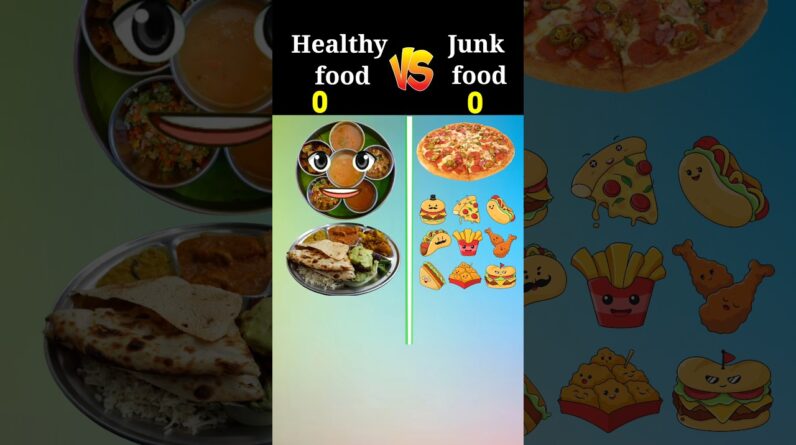The food pyramid is an important tool for helping people make healthy dietary choices. It is a visual representation of the recommended daily intake of various food groups. The food pyramid was first developed in 1992 by the U.S. Department of Agriculture and has since been updated several times.
At the base of the food pyramid are the grains, which should make up the majority of a person’s diet. Grains include breads, cereals, rice, and pasta.
The next level of the pyramid is fruits and vegetables, which should make up about a quarter of a person’s daily intake. Fruits and vegetables are packed with vitamins, minerals, and fiber, and are important for maintaining a healthy weight.
The third level of the food pyramid is dairy, which should make up about a third of the daily intake. Dairy includes milk, cheese, and yogurt, which are all important sources of calcium.
The fourth level of the pyramid is proteins, which should make up about a quarter of the daily intake. Proteins include meat, poultry, fish, eggs, and legumes.
The fifth and smallest level of the food pyramid is fats and oils, which should make up only a small portion of the daily intake. Fats and oils include butter, margarine, and vegetable oils, and should be used sparingly.
The food pyramid is a useful tool for helping people make healthy dietary choices. By following the recommendations of the pyramid, people can ensure that they are getting the right balance of nutrients and calories for their age, gender, and activity level.








